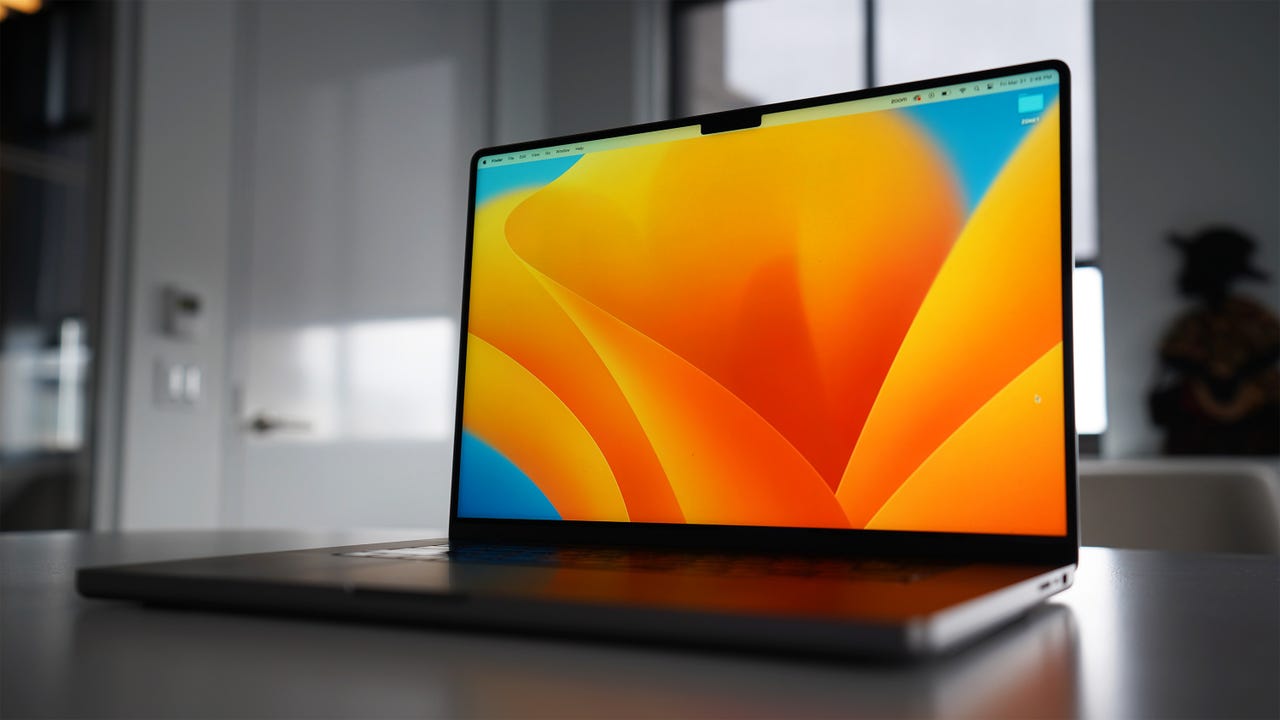'ZDNET Recommends': What exactly does it mean?
ZDNET's recommendations are based on many hours of testing, research, and comparison shopping. We gather data from the best available sources, including vendor and retailer listings as well as other relevant and independent reviews sites. And we pore over customer reviews to find out what matters to real people who already own and use the products and services we’re assessing.
When you click through from our site to a retailer and buy a product or service, we may earn affiliate commissions. This helps support our work, but does not affect what we cover or how, and it does not affect the price you pay. Neither ZDNET nor the author are compensated for these independent reviews. Indeed, we follow strict guidelines that ensure our editorial content is never influenced by advertisers.
ZDNET's editorial team writes on behalf of you, our reader. Our goal is to deliver the most accurate information and the most knowledgeable advice possible in order to help you make smarter buying decisions on tech gear and a wide array of products and services. Our editors thoroughly review and fact-check every article to ensure that our content meets the highest standards. If we have made an error or published misleading information, we will correct or clarify the article. If you see inaccuracies in our content, please report the mistake via this form.
How to enable App Store notifications on MacOS to help keep your software up to date

Other than MacOS being less customizable than I'm used to (what with Linux being my primary operating system), there's very little to complain about it. However, something has started to bother me recently… update notifications.
Also: Comparing the best Macs
You see, it's very important to keep your OS and the installed software as up-to-date as possible. Updates fix security issues and other vulnerabilities. If you leave software out-of-date, you risk bad things happening (such as losing data, your OS crashing, or getting hacked).
Out of the box, MacOS doesn't do a very good job of notifying users when there are software updates. Sure, if you frequently open the Apple menu, you'll eventually see a notification for updates there. But that Apple menu isn't the first, second, or third thing I click while using my MacBook Pro.
Because of that, I'm not always on top of updates like I am with Linux. Why? Because most Linux distributions make it very obvious when there are software updates available. Apple's operating system needs a bit of a hand. Fortunately, the developers made it possible to tweak that behavior just enough that you won't miss updates.
Also: The best Linux laptops
Let me show you how to make this easy change.
How to enable software update notifications
What you'll need: The only thing you'll need is an Apple device running MacOS. I'll demonstrate this on MacOS Ventura 13.4.
1. Open Settings
Click the Apple menu and then click Settings.
Here's one location where notifications can be found.
2. Open the Notifications section
From within Settings, click Notifications in the left sidebar.
You can configure notifications for every app on your system.
3. Expand the App Store entry
From the Application Notifications section, click to expand the App Store entry.
4. Enable notifications
Click the On/Off slider for App Store notifications until it's in the On position. You can then select the type of notification you want. I would suggest Alerts because those notifications do not go away until you manually dismiss them (and app update notifications should be persistent).
Also: The Apple products you shouldn't buy this month
You can also enable and disable other features. The only option I wouldn't suggest enabling is Show notifications on lock screen, only because I prefer to keep information (even as innocuous as an update) away from prying eyes.
Make sure to configure App Store notifications to perfectly suit your needs.
5. Close the Settings window
Once you've taken care of that, you can close the Settings window. The next time you have an application update notification, you will be alerted. One thing to keep in mind is that this won't alert you when there's an OS update. You'll want to keep watch on the notification system for a separate alert for OS updates and run them as soon as they appear.
I have an update to tend to.
This should be the default behavior in MacOS because software updates should be taken seriously. Remember, app updates don't only happen when there are new and exciting features to be had.
Also: The best Mac apps
Even more important are the security updates, and you should consider those a priority to keep your device as free from vulnerabilities as possible.
